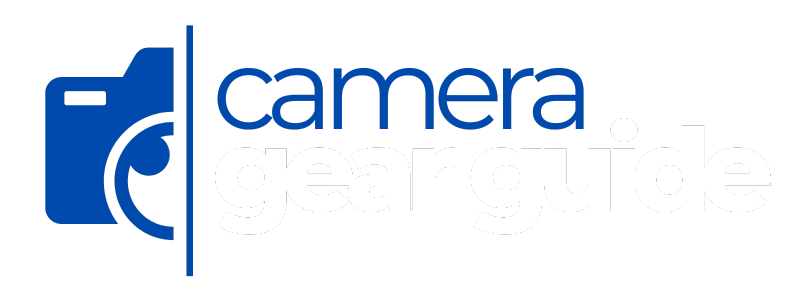Choosing Your Portrait Photography Camera: A Complete Guide
Find the perfect camera for portrait photography. From skin tones to bokeh quality, discover what matters for creating stunning portraits.

Featured Cameras
Canon EOS R3
Exceptional autofocus and eye-tracking capabilities.
24MP stacked sensor
Eye Control AF
Advanced subject recognition
Professional build quality
Price Range: $5,999 (Body Only)
Photography Techniques
Camera Settings
Optimal camera settings for portraits
1. Eye AF configuration
2. Custom function setup
3. Color profile selection
4. Memory recall options
Lens Selection
Choosing the right lens for different portrait styles
1. Focal length considerations
2. Maximum aperture selection
3. Bokeh characteristics
4. Working distance factors
Frequently Asked Questions
Is high resolution necessary for portraits?
While not essential, higher resolution provides more flexibility for cropping and large prints. However, factors like low-light performance and color accuracy are often more important for portrait work.
What autofocus features matter most?
Eye AF accuracy and consistency are crucial. Also look for face detection, tracking capabilities, and customizable AF areas for different shooting scenarios.
How important is in-body stabilization?
IBIS is valuable for natural light portraits, allowing slower shutter speeds in low light. It's particularly useful with longer focal length lenses where camera shake is more noticeable.
